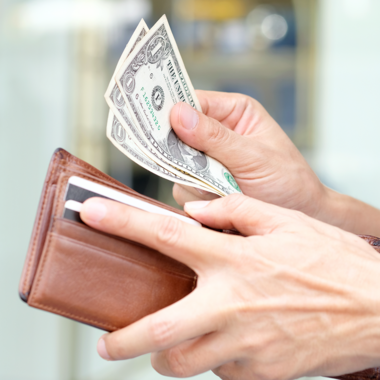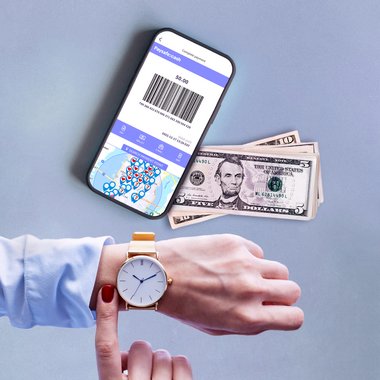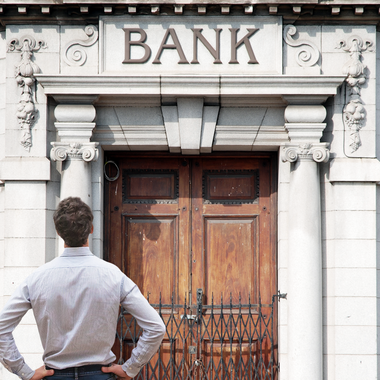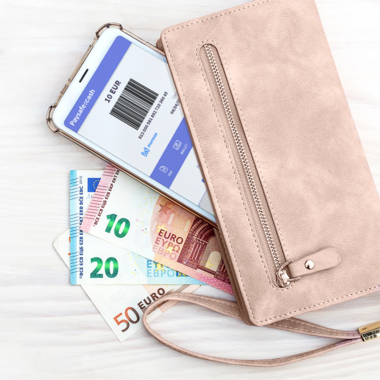How eCash helps boosting charity donations in 2022
Aug 16, 2022eCash will solve the problem of cash-reliant donors and enable them to support charities without the need of having credit or debit cards. COVID-19, war in Ukraine, rising costs of living – those and further issues have hit the nonprofit sector badly. Here is how offering eCash as a payment option will solve the problem of cash-reliant donors and enable them to boost charities with cash.
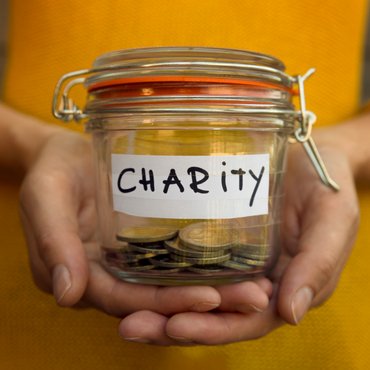
COVID-19, war in Ukraine, rising costs of living – those and further issues have hit the nonprofit sector badly. Here is how offering eCash as a payment option will solve the problem of cash-reliant donors and enable them to boost charities with cash. In the wake of these challenges, charity organizations have been busier than ever.
With huge numbers of people suffering hardships, demand for voluntary services — from small business support to education, food banks, and mental health support — has increased dramatically.
But with traditional fundraising channels like in-person collections unavailable due to restrictions on face-to-face interactions, it's been enormously challenging to raise enough money to continue doing this important work. A 2020 survey of 797 European charities found that, with increased reliance on digital channels for fundraising, 62% were unable to raise enough money to cover their expenses.
While the prospect of further restrictions on face-to-face interactions seems unlikely at this stage of the pandemic, the future of charitable giving looks increasingly digital. So, if the nonprofit sector is to strengthen its position, it needs to rethink how it collects donations. And that includes accepting eCash.
People want payment choice
While not specific to charitable giving, studies have found that people are less likely to complete a transaction if they can't pay the way they want.
The last time Paysafe commissioned a research of this issue, in the 2021 Lost in Transaction survey, 56% of respondents said they'd only shop somewhere that would accept their preferred payment method.
If people are unwilling to compromise on their payment method of choice in a commercial setting, where they'll be getting a product or service in exchange for their money, the harsh truth is that they'll probably be even less willing to do so when making a donation — a scenario in which payment is a voluntary act of generosity.
For this reason, it's critical for the nonprofit sector to start diversifying their payments mix, and offering would-be donors more choices.
Why people donate in cash
According to the recent research commissioned by Paysafe, debit cards and credit cards are the most popular payment methods. But when it comes to charitable giving, many people still prefer to donate in cash.
There are three key reasons for this.
First, cash payments are private and anonymous. And, according to a 2019 study, 21% of charitable donations — almost a quarter — are made anonymously.
Second, in times of crisis — when nonprofit organizations are most in need of charitable donations — people tend to prefer cash.
In 2020, when the first wave of the COVID-19 pandemic was in full swing, half of participants in the Lost in Transaction survey told us cash is the most reliable form of payment during a crisis. This is especially significant when you consider that, at the time, there was widespread concern touching notes and coins would help the virus spread.
Third, and crucially, research suggests those on low incomes typically donate a greater proportion of their incomes to charity than those in higher income brackets.
People on low incomes are also more likely to receive at least part of their income in cash and have limited or no access to banking facilities. So, removing the possibility of cash payments makes it impossible for them to donate.
The findings of a 2022 case study by nonprofit consultancy U.K. Fundraising makes for stark reading.
Four charities — Marie Curie, the Zoological Society of London, Alzheimer's Research U.K., and armed forces charity SSAFA — set up donation points where people could donate either using contactless or in cash.
But while accepting contactless had a positive effect on the overall volume of donations, the vast majority were cash payments.
"We expected the downturn in people carrying cash was going to have increased since 2020," says Marie Curie's senior campaign manager Jacqueline Lucas. But, even in London, where contactless payments are ubiquitous, only 5% of donations came via contactless.
The rest were all made in cash.
Making online charitable giving easy and convenient, with eCash
If the COVID-19 pandemic may have lit the initial spark, the Charities Aid Foundation notes that online fundraising is set to become ever more important to the nonprofit sector moving forward.
In the coming years, predict the Charities Aid Foundation’s researchers, we’ll be seeing more "... in-app giving; Internet-of-Things applications that enable donations; donation buttons integrated into social media platforms; gaming platforms that allow users to collect donations on their respective platforms..." and probably other ways to donate we haven't even thought of yet.
On the one hand, this is a positive development. Online giving is an opportunity for nonprofits to reach a wider audience without spending large amounts of their limited funds on in-person events.
The flipside is that, because donations are, by definition, down to people's generosity, it's fundamental to keep donors' payment preferences front and center. And that means making it possible for anyone to pay in cash, whether they're donating online or offline.
As Peter Begsteiger, chairman and managing director of children's aid charity Verein Kinderhilfswerk, which has partnered with Paysafecash, notes, accepting eCash: "...makes it easier for many potential donors to support our work..."
People who want to donate through a charity organization's website or app can select eCash at the checkout to generate a barcode. Completing payment is then as easy as walking into one of Paysafe's more than 700,000 points of sale in over 50 countries, scanning the barcode at the checkout and paying for the donation in cash.
It’s quick, convenient, and doesn’t require anyone to give out their financial details online, which means donations can stay private. And the easier it is for people to donate — and to do so anonymously — the more likely they'll be to give generously.
Interested in learning more?
